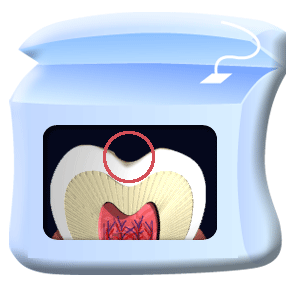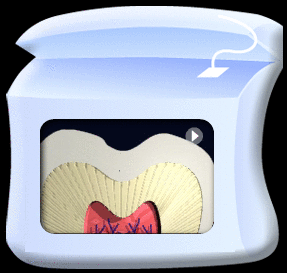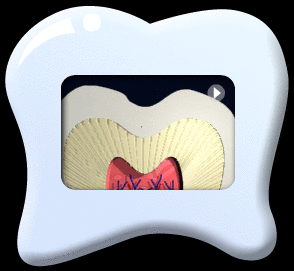Early tooth decay:The decay usually starts from enamel. At this stage, you will not feel any pain or discomfort. Therefore it is difficult to notice the decay.The tooth surface may appear undamaged from naked eyes.  Caries spreads into the dentinePain may be felt when eating cold, hot, sour, and sweet food. Cavity may also be found.  Caries extends into the pulpSevere pain may be felt that may affect sleep at night and may not be controlled by painkiller. An obvious cavity may appear on tooth. Pulp can also be infected by bacteria and the tooth becomes necrotic, , and even bacteria may spread from the root of a tooth to its surrounding tissue, resulting in formation of abscess.  |
| What can we do? |
|---|
|
Go to see a dentist immediately :
|